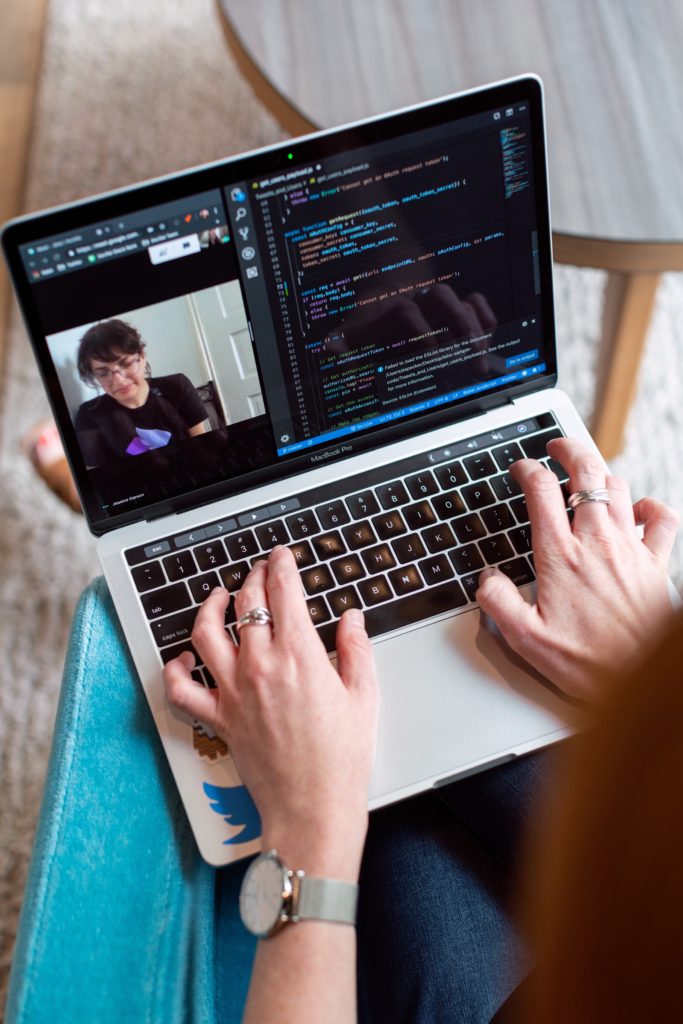
Blog
Coronavirus Workforce Considerations: Keeping Your People Safe
The Consumer Brands Association is working with PwC to provide our members with perspectives on how companies and functional leadership can best focus their efforts as the coronavirus evolves.
COVID-19 (coronavirus) — recently declared a pandemic by the World Health Organization — continues to evolve, having already affected millions worldwide. We’re operating in uncharted waters — critical information on the characteristics of the coronavirus and its impact on global business activities are difficult to assess and can change overnight. Yet as CPG leaders, we need to structure responses capable of managing our work today as well as in the weeks and months ahead.
In our first piece of this series, we will highlight potential impacts on the workforce and how Human Resource leaders at CPG companies can best manage disruptions to people and productivity.
Coronavirus: Workforce Considerations
As the virus spreads, its impact across the CPG value chain is inevitable. We’ve seen several high-profile warnings from leading consumer goods companies about sales disruptions, as well as early indications of industry-wide impacts (e.g., the personal care sector).
Workforce-related questions and concerns continue to proliferate:
- Should I still fly to the sales meeting?
- Can I work from home if my children’s school closes?
- How do we protect employees who are essential to keeping physical operations running?
- Should we hold group meetings larger than 20 people?
- How do we work if we are asked to self-quarantine?
The spread of this coronavirus places immediate demands on CPG business leaders to answer complex questions and communicate with as much specificity as possible — regardless of whether a direct impact on the business is likely. This is especially the case for people who are at the core of the business: the workforce.
Navigating workforce concerns can drive day-to-day operational decision-making in ways that necessitate strategic responses. Leaders set the tone in communicating information about contingency planning in a crisis, especially during a viral outbreak. Candid messaging cuts through business uncertainties and inspires sound decision-making, even if the company never has to fully shift into crisis mode.
CPG employers should plan their response to the coronavirus now, focusing on people and productivity:
- Your people: Create a strategy for accurate, effective communication
Employees face different health risks depending on the type of work they do, where they do it and what their personal health situation is. Employers need to consider a multifaceted approach to address employees’ unique scenarios and create an environment for accurate, effective communication.
What to do today: Test emergency contact systems to confirm you have accurate contact information for all employees — particularly those from centralized functions like finance, HR and IT. Get familiar with CDC guidance on handling sick workers, employee travel and environmental cleaning.
Considerations for tomorrow: Continually assess changing conditions and employee concerns daily and weekly. Keep employees up-to-date via weekly emails, all-hands calls and open Q&A dialogue. Set up training for leadership and managers to identify key concerns and issues, communicate effectively and support individual employees’ needs.
- Productivity: Enact remote working capabilities
The coronavirus will rapidly test today’s technology while pressure-testing the workforce. Organizations will need to be ready to adapt quickly to changing conditions, including launching enabled technologies to support communication, collaboration and documentation outside the office.
What to do today: Start by implementing a remote-technology plan and guidelines to enable employees to work from anywhere, using this checklist:
- What materials do employees need to work remotely?
- How often do employees need to check in and with whom?
- Which remote tools and virtual meeting technologies match up appropriately to distinct tasks (e.g., email, video conferencing, document collaboration, etc.)?
- How will teams collaborate on activities that need to be documented and/or occur in a secure environment?
- Which tools foster rapid, collaborative learning and on-the-ground management decision-making?
Considerations for tomorrow: Many organizations have not addressed the conditions required for effective remote work. Looking ahead, companies will want to build and enhance the technologies required to make remote working efficient and continuous, while also implementing the changes required to replicate the richness of connection that is inherent in a physical work environment:
- Transparent knowledge-sharing
- Distributed authority
- Active experimentation
- Diverse perspectives
- IT infrastructure to enable secure remote working
Across CPG, COVID-19 is challenging how companies work and how they communicate with their people. Above all, assure their safety with ongoing, accurate communication, which cements trust, nurtures loyalty and strengthens your brand.
When employee safety requires working remotely, view it as your opportunity to be flexible. Create value by developing the assets to work productively, regardless of location. In a crisis, remote work assures continuity. Once the crisis has passed, the flexibility of being able to work remotely can evolve from an occasional perk to a major employee benefit. Added bonus: it boosts productivity.
As this situation evolves, CPG companies are well-advised to stay nimble, ready to respond to new developments:
- Craft a clear communication plan for the entire organization
- Provide timely updates to your people as the pandemic evolves
- Implement a remote technology plan
- Build assets to make remote working more productive
- Assuage concerns with timely, ongoing check-ins
Because this virus is fast-paced, communicating timely, accurate information and action plans to employees — and all stakeholders — is the best defense.
For additional information, visit the Consumer Brands coronavirus resource page or PwC’s coronavirus site or contact one of our subject matter experts:
Steven J. Barr, PwC | Consumer Markets Leader
Ron Kinghorn, PwC | Consumer Markets
Kristin Rivera, Global Crisis Leader
Samrat Sharma, PwC | US CPG Leader
For more unique perspectives on this issue, read previous posts from PwC on IT checklists, marketing best practices, essential workers and financial uncertainty.
From providing original research, industry guidance and cutting-edge insights, to advocating on Capitol Hill and shaping policy that will have an impact for years to come, we are committed to delivering for our industry during this crisis. Stay informed.
Published on March 12, 2020




